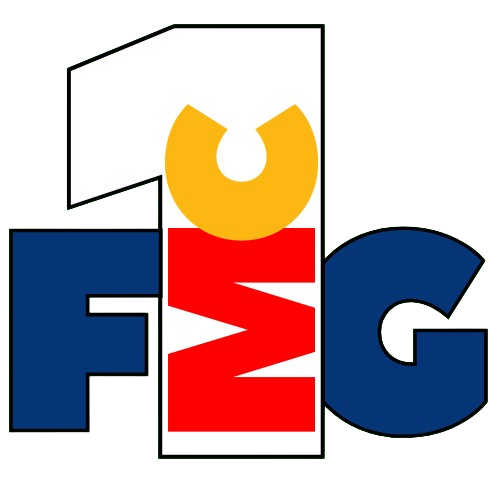Unilever Sees Sales Dip as Higher Prices Hit Consumer Volumes
Unilever reported a 3% drop in underlying volumes for Q1 2024, signaling continued pressure on consumer purchasing behavior in response to sustained price increases. The maker of Dove soap and Magnum ice cream posted underlying sales growth of 4.4%, driven primarily by a 7.3% increase in pricing, but offset by declining volumes.
The update highlights ongoing challenges for consumer goods manufacturers: while price hikes have succeeded in protecting revenues against inflationary cost pressures, they are delivering at the cost of volume declines, raising concerns about long-term category health and brand elasticity.
Across its portfolio, Unilever’s nutrition segment—home to brands like Knorr and Hellmann’s—saw a 1.7% decline in underlying volumes. The company’s biggest unit, Beauty & Wellbeing, fared better, registering a modest 0.2% increase in volumes, while Personal Care slid 0.4%. Home Care (-5.3%) and Ice Cream (-6.6%) both reported sharp volume drops, highlighting shifting consumer priorities amid tighter household budgets.
New CEO Hein Schumacher, who took the helm in July 2023, is under pressure to revitalize brand performance and deliver sustainable growth. In February, he unveiled a strategy focused on fewer, stronger brands and increased investment in innovation and marketing. Early 2024 figures suggest the road ahead may be bumpy, as consumers remain price-sensitive and competitive pressures intensify across global markets.
Unilever’s ice cream business, which includes Ben & Jerry’s and Magnum, has been particularly affected, with the company confirming plans to spin off the division into a standalone entity by the end of 2025. The segment’s performance was weakest in North America, where shifting retail dynamics and cautious consumer spending hit sales volumes hard.
Despite the volume softness, the company reiterated its full-year guidance, targeting underlying sales growth within its 3% to 5% range and a modest improvement in operating margin. Analysts and investors will be watching closely to see if price-led growth remains viable or if more aggressive volume recovery strategies will be required.
For FMCG professionals, the implications are significant: pricing levers are nearing their limits, and the balance between value creation and volume recovery is becoming increasingly fragile across essential categories.
